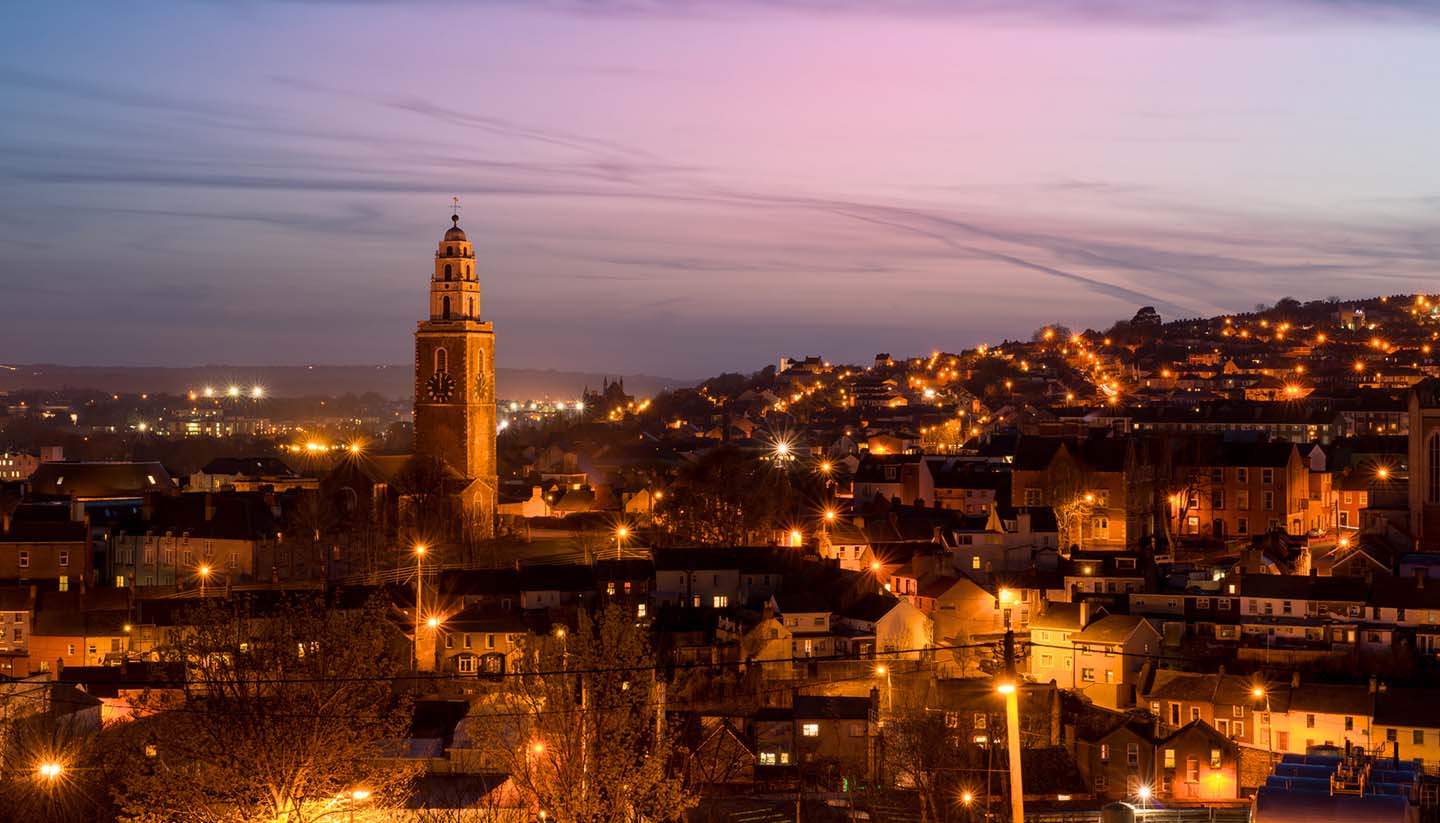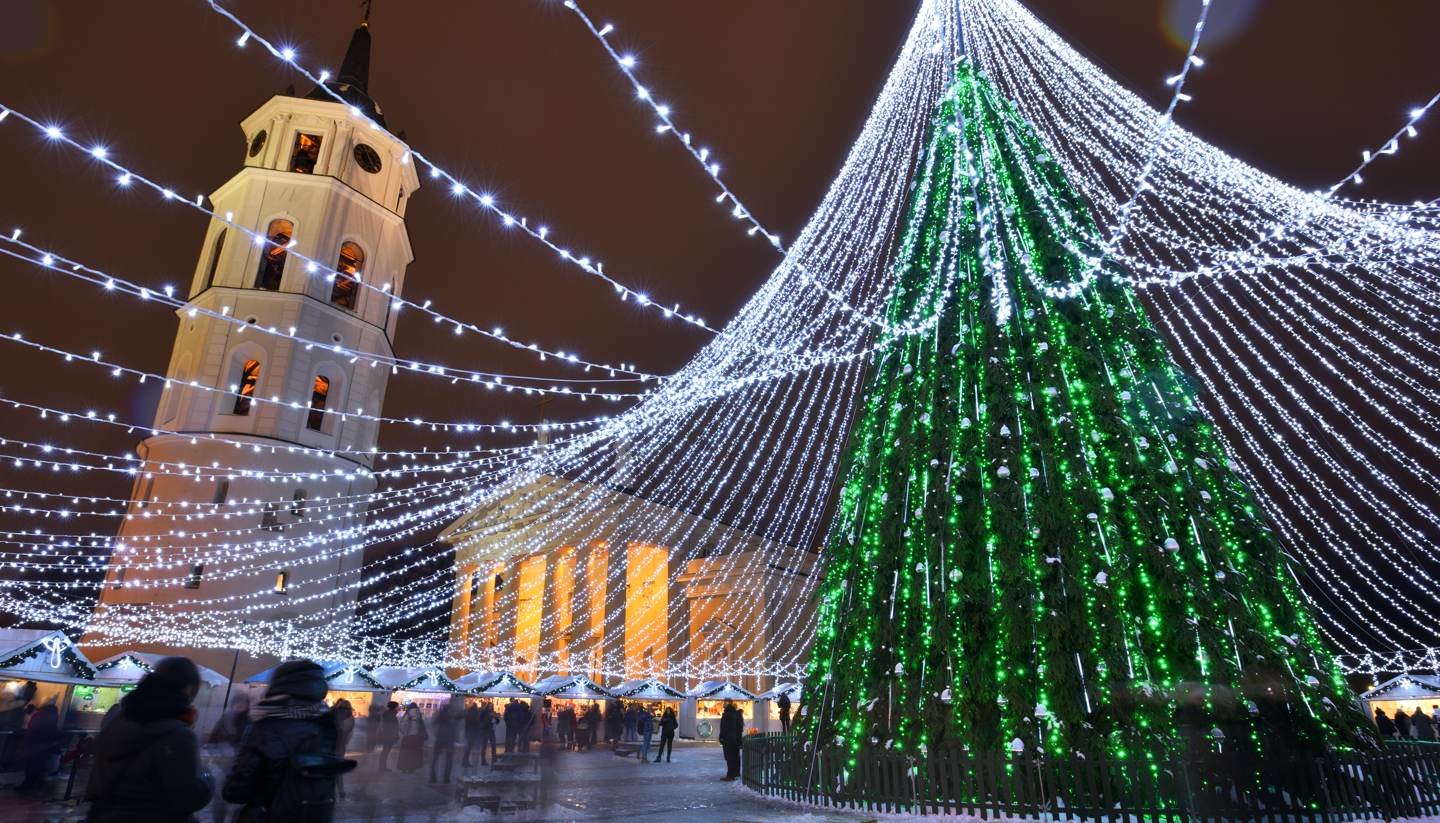Cork History
Cork has had it hard: browbeaten, brawled over, burned down and rebuilt; no wonder it never outshone Dublin in the capital city stakes.Maimed by the Black Death, scared by starvation and ravaged by religious reformation, it’s remarkable that only a million Corkonians emigrated in the harsh winter of 1846-7.
That period, known as Black 47, was the toughest of the Great Famine. When potato crops failed, starving souls flooded Cork in search of food or work. They found full workhouses, beggars and new cemeteries being dug.
It’s not what Saint Finbarr envisioned when Cork was begun as a monastic site in the 6th century. Vikings settlers were more forward-thinking; their arrival in the 900s determined Cork’s destiny as a trading port.
With one of the world’s largest natural harbours, water trade became the city’s bread and butter, especially the latter. In the 16th century, Cork’s butter spread as far as the West Indies.
If only Cork’s history was all plain sailing. A long and complicated period of British interference started in 1169 with the Norman conquest of Ireland. By 1177, Cork was controlled by Henry II of England.
Prince John chartered and walled the city in 1185, before the bubonic plague wiped out half the population in 1349; more perished in a fire in 1354.
Control of Cork then continually changed hands in a restless period of war, revolt, bible burning and expulsion. It ended when Oliver Cromwell granted the Protestants command of Cork, something they retained until the 19th century.
The centre of the War of Independence in the 1900s, Cork was marred with curfews, violence and murder. Temporary constables, known as the Black and Tans, committed many atrocities. In 1920, The City Hall and Carnegie Library were burned to the ground.
Stability returned and an economic upturn (known as the Celtic Tiger) transformed Cork in the 1980s and 1990s. It became European Capital of Culture in 2005 before the global financial crisis poached it in its prime.
Did you know?
• Sir Walter Raleigh is thought to have planted Ireland’s first potato near Cork around 1588.
• The first steam ship to cross the Atlantic, The Sirius, weighed anchor from Cork in 1838.
• Cork was the last port of call for the Titanic before its ill-fated maiden voyage.



